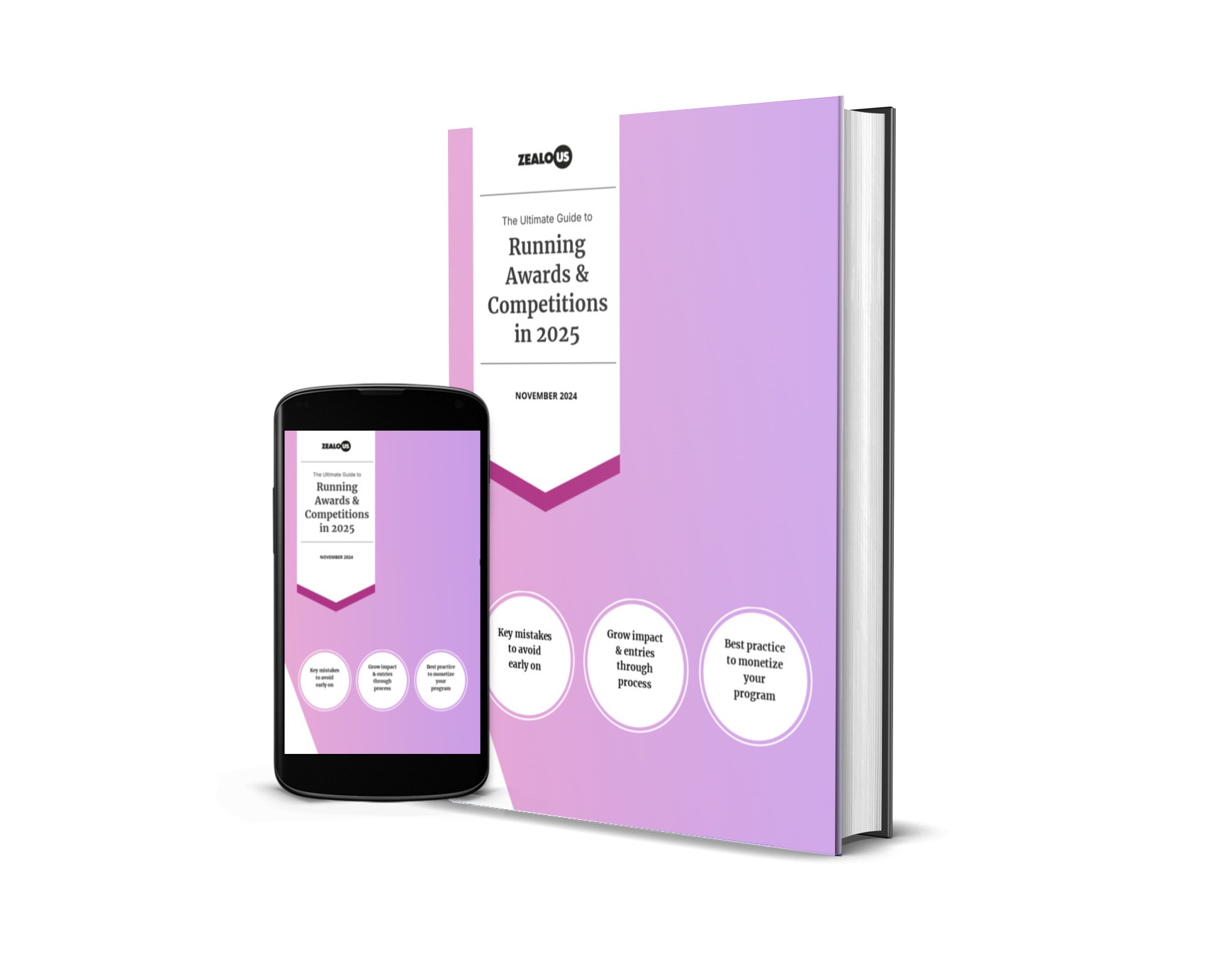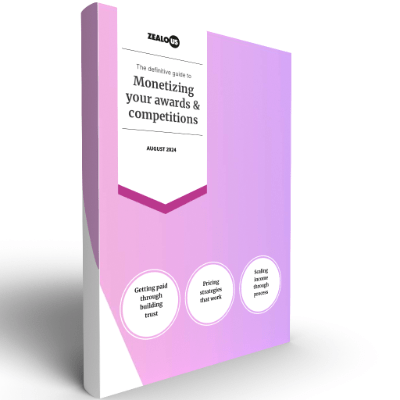This guide pulls back the curtain on how judging works on our platform. Whether you’re a first-time applicant or a seasoned creative professional, understanding our process will help you approach future opportunities with confidence and clarity.
It is first important to remember that each organisation judges differently on the platform. They may do it all internally, invite external judges, or rely on public vote. We are going to use this to explain the basics of the platform and use our own opportunities as an example.
The Judging Framework
For an overview of judging, you can go to this page. To put it simply, the judge will be given access to the entries.
The judges will see the work and give it a score. They may also decide to leave a comment, perhaps if the organiser has asked for them to do so. You will be unable to see these scores or comments unless the organiser shares them with you.
Explore our opportunities
Receiving Feedback
We get asked often if we are able to provide feedback to you about your submission. There are a few things to remember here:
- We as Zealous are unable to share any feedback from the organisations who use our site.
- Because of the nature of our platform, judges may not judge at the same time and will do so separately. This will mean that they will not discuss work and may not provide feedback.
- There is an option to give feedback but the judge may not leave any unless asked to.
- The organisation running the opportunity has to give the feedback to you.
For example, during Zealous Amplify: Future, we had 507 submissions so unfortunately could not give everyone feedback. When we got to our finalists, we did not ask for the judges to give feedback, which we will now be asking for in the future. This will hopefully allow for smaller pools of artists to gain constructive criticism and praise.
Asking for Feedback
Wait for the right moment If you were rejected, wait a few days before reaching out to let any immediate disappointment settle. If you haven’t heard back and the decision timeline has passed, it’s appropriate to follow up.
Contact the right person Reach out to your main point of contact during the application process, or whoever communicated the decision to you. Avoid going over their head unless they specifically directed you elsewhere.
Be gracious and professional Start by thanking them for considering your application and their time throughout the process. If you were rejected, acknowledge their decision respectfully without arguing or expressing frustration.
Frame it as learning opportunity Position your request as wanting to improve for future opportunities rather than questioning their decision. This makes it easier for them to respond helpfully.
Be specific but not demanding Ask for particular insights about your portfolio, presentation, or application rather than general feedback. Make it clear you understand they may not be able to provide detailed feedback due to time constraints.
Keep it brief A concise email is more likely to get a response than a lengthy message. Get to the point quickly and respectfully.
Sample approach: “Thank you again for considering my application for [opportunity]. While I’m disappointed it wasn’t a match, I’d greatly value any brief feedback you might be able to share about my portfolio or application. Understanding areas for improvement would help me strengthen future submissions. I completely understand if your schedule doesn’t permit detailed feedback.”
Don’t take silence personally Organisations often receive many such requests and may not









